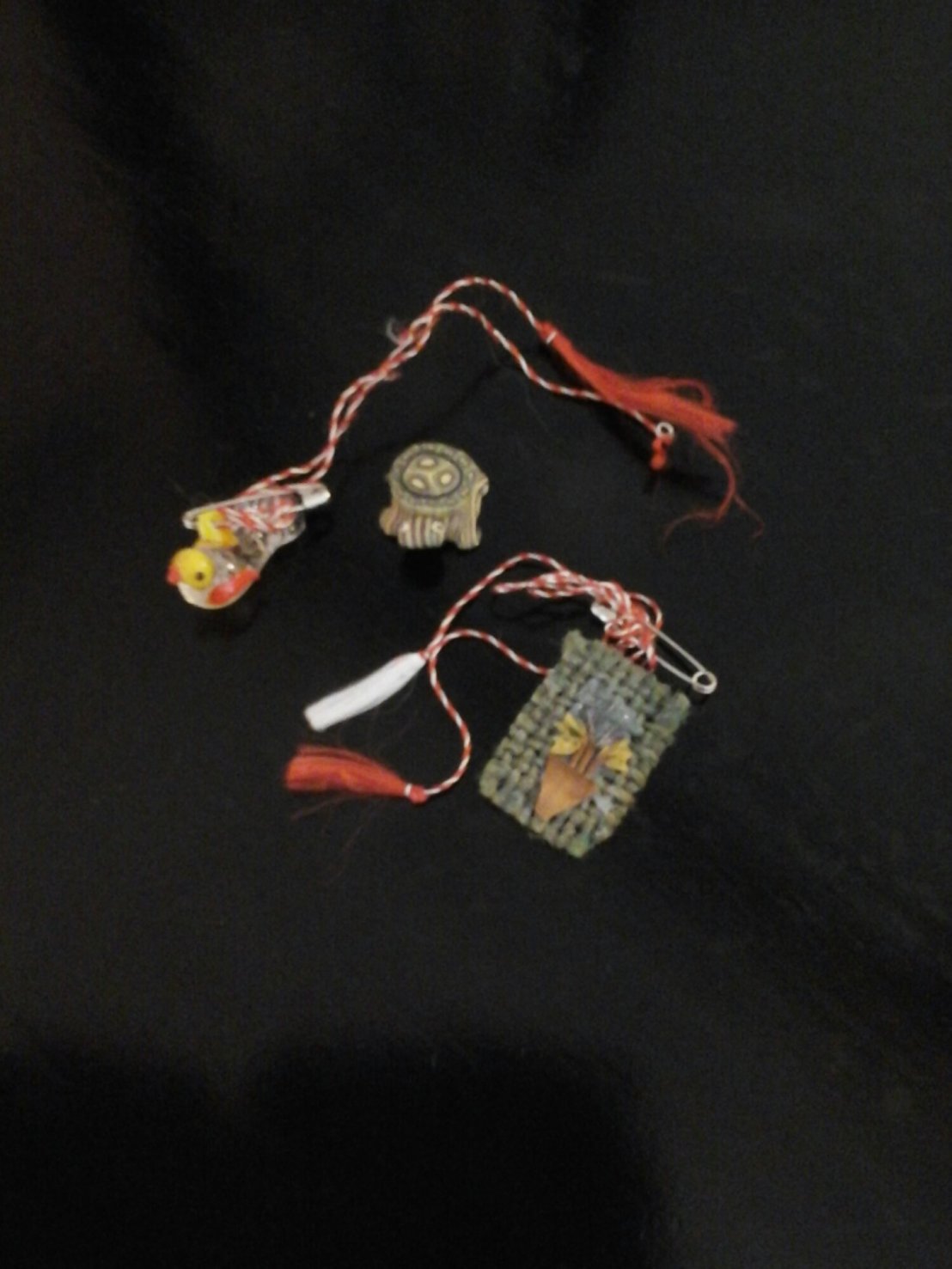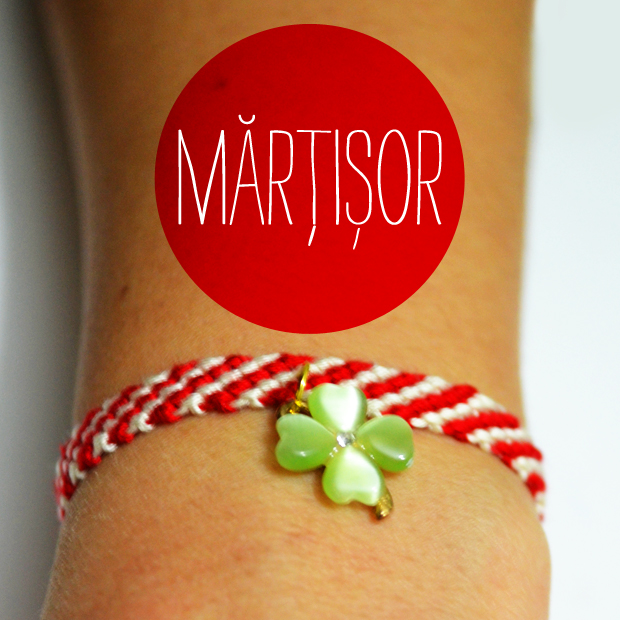
Today what makes me happy are morning glories.
Morning glories are small flowers, not big joys but small ones. They are not showy flowers, but modestly beautiful. They come in purple, blue, pink, and white varieties.
Morning glories are somewhat like sunflowers. Sunflowers face the sun all day long; morning glories open in the morning and close at night. This gives them their name.
As a little girl in Romania, I often noticed morning glories winding up the iron gate of peoples’ homes. They brought a little color to the shade of a big city like the one I lived in. Sometimes I got too close when I was smelling them, and stuck my nose in. The pollen tickled me, but I ignored it. If you stuck your nose in one of these flowers and then breathed in hard, the petals would close in around your nose because of the suction of air. This always delighted me, thought I would sneeze a couple of times afterward.
Here is a short piece I wrote today in ode to morning glories. I hope you enjoy it.
There by the end of the path was a bed of morning glories. I stooped to examine them, suddenly lost in their tiny world. Their purple petals were soft and veiny, full of delicate life. Purple faded to white in their centers, their core lit by the sun, radiant as if with a glow all their own; pure and fine, frail and feminine. These flowers made me feel powerful, but for their sake I merely stroked the edges of their petals, refraining from plucking any. Such precious life should not be destroyed. So I stood from the silent bed of morning glories and plodded my weary way down the path. Yet inside me I carried hope, hope that things as frail as they and I may survive on the glow of a core lit by the sun.



